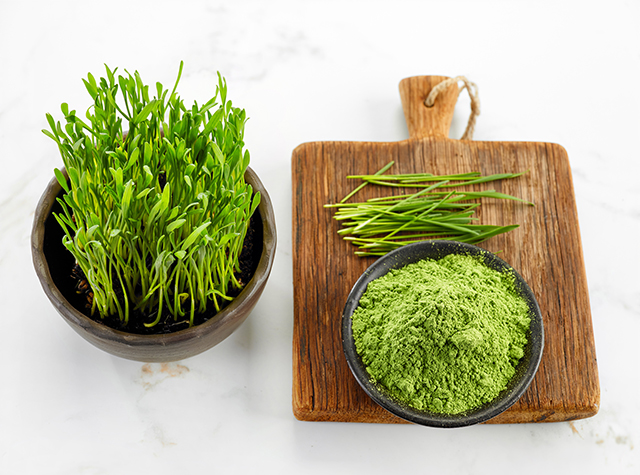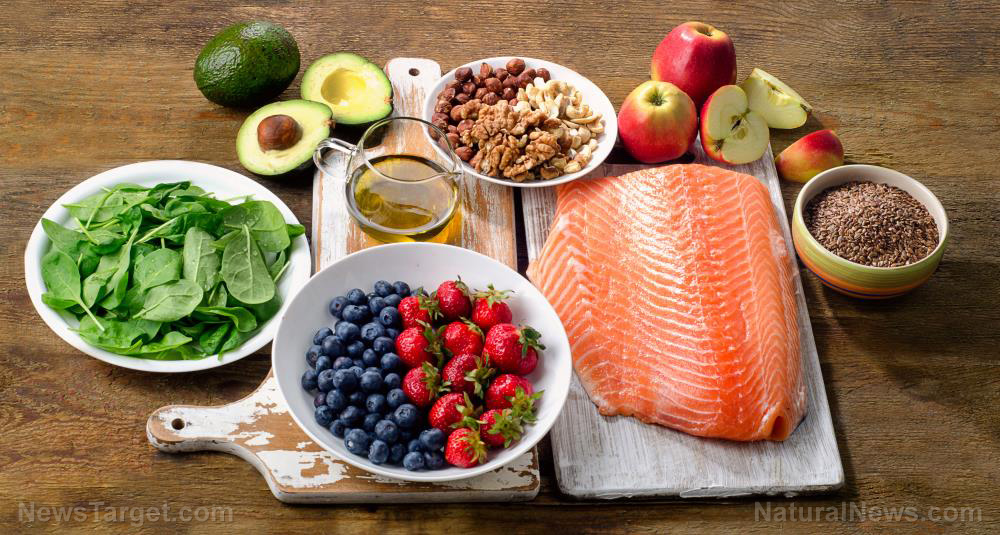Cinnamon: A sweet-spicy treat for fighting Alzheimer’s
08/13/2019 / By Evangelyn Rodriguez

Cinnamon is a widely used spice obtained from the bark of a cinnamon tree. This bark, in traditional medicine, is used to treat many ailments. In a recent study, researchers from Dankook University in South Korea examined the biological activity of dried cinnamon bark (Cinnamomi Cortex Spissus) obtained from Chinese cinnamon (Cinnamomum cassia) for its potential application in the treatment of Alzheimer’s disease (AD). They also studied its components to determine their efficacy against AD. The results of their study, which demonstrated the ability of cinnamon bark to reduce the production of beta-amyloid proteins, were published in the journal Nutrition Research.
Beta-amyloid is a protein fragment associated with AD. The accumulation of beta-amyloid plaques between neurons in the brain is considered as one of the hallmarks of AD. Beta-amyloid is formed by beta-secretase and gamma-secretase, two enzymes that break down and cleave the amyloid precursor protein (APP) via the amyloidogenic pathway. In a healthy brain, beta-amyloid is broken down and eliminated, but in the brains of people with AD, these protein fragments form hard, insoluble plaques. The formation of beta-amyloid plaques and neurofibrillary tangles is thought to contribute to the cognitive degeneration associated with AD. (Related: The truth about amyloid plaque and its connection to Alzheimer’s disease.)
Cinnamon bark has been used for decades as a seasoning and as medicine. It can soothe upset stomachs, stimulate appetite, alleviate menstrual cramps, and treat the common cold and flu. Cinnamon bark also has antibacterial and antioxidant properties. A study published in the Journal of the American College of Nutrition reported that cinnamon reduced free radical damage in overweight people who took cinnamon supplements. When used to treat people with Type 2 diabetes, cinnamon also proved capable of lowering not only blood sugar levels, but also total cholesterol, low-density lipoprotein, and triglyceride levels. With regards to its nutritional benefits, the USDA National Nutrient Database listed cinnamon as a good source of vitamin K, iron, calcium, manganese, and dietary fiber.
 | Discover how to prevent and reverse heart disease (and other cardio related events) with this free ebook: Written by popular Natural News writer Vicki Batt, this book includes everything you need to know about preventing heart disease, reversing hypertension, and nurturing your cardiac health without medication. Learn More. |
Components of cinnamon bark can stop beta-amyloid production
The inhibition of beta-amyloid production is a potential therapeutic approach to AD. Due to its medicinal properties, the researchers hypothesized that cinnamon bark and the active compounds in it could effectively prevent or treat AD. To confirm their hypothesis, they first obtained extracts from cinnamon bark using methanol as an extraction solvent. When they tested the methanol extract of cinnamon bark on Chinese hamster ovarian cells that were stably expressing APP, they found that it reduced beta-amyloid production significantly, suggesting an anti-amyloidogenic activity.
Next, the researchers used open column chromatography and high-performance liquid chromatography for the bioassay-guided isolation of the cinnamon bark extracts. They successfully obtained six phenylpropanoids from them. These phenylpropanoids were syringaresinol, medioresinol, coumarin, 2-hydroxycinnamaldehyde, cryptamygin A, and 3?,5,7-trimethoxy epicatechin. Syringaresinol and medioresinol are both lignans or polyphenols commonly found in plants. Coumarin is an aromatic compound that is used for flavoring, while 2-hydroxycinnamaldehyde is reported to have antitumor activity. However, not much is known about the biological activities of cryptamygin A and 3?,5,7-trimethoxy epicatechin.
When they tested these chemicals for anti-amyloidogenic activity, the researchers found that medioresinol and cryptamygin A were the most potent of the six phenylpropanoids. Medioresinol at four micrograms per milliliter (mg/mL) and cryptamygin A reduced beta-amyloid production by 50 and 60 percent, respectively. They also decreased the amounts of beta-secretase and the proteolytic fragment of APP catalyzed by beta-secretase (sAPPbeta), suggesting that the anti-amyloidogenic activity of cinnamon bark comes from them.
Based on these results, the researchers concluded that cinnamon bark extracts contain potentially valuable anti-amyloidogenic agents for the prevention and treatment of AD.
Sources include:
Tagged Under: aging, alternative medicine, Alzheimer's disease, amyloid plaques, amyloid precursor protein, anti-amyloidogenic activity, beta-amyloid, beta-amyloid inhibition, brain health, cinnamon bark, clean food, cognitive health, disease treatments, dried bark, food cures, food is medicine, food science, functional food, natural cures, natural medicine, phenylpropanoids, prevention, research
RECENT NEWS & ARTICLES
Natural.News is a fact-based public education website published by Natural News Features, LLC.
All content copyright © 2018 by Natural News Features, LLC.
Contact Us with Tips or Corrections
All trademarks, registered trademarks and servicemarks mentioned on this site are the property of their respective owners.



















